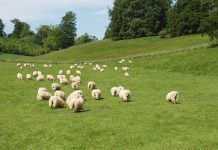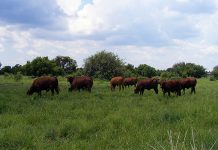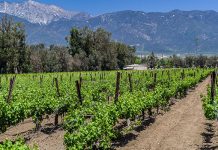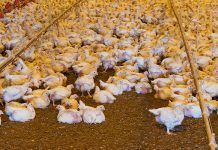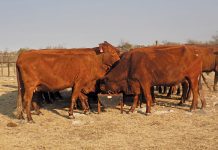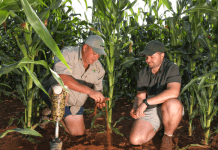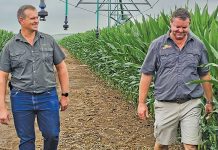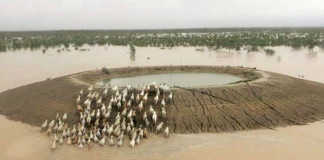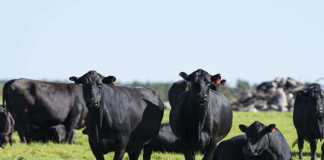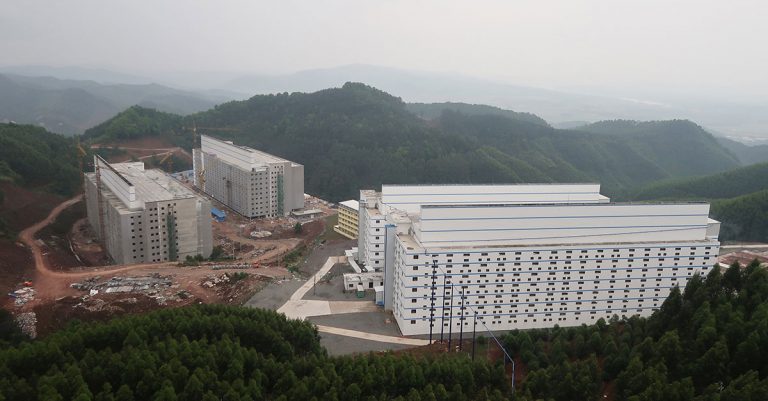
Photo: Reuters
In an attempt to prevent outbreaks of diseases such as African swine fever, authorities in China are contracting companies to build high-rise ‘pig hotels’.
Pork is the most popular meat in China, and this state-of-the-art approach to biosecurity aims to shield the animals from viruses, including African swine fever that devastated China’s pig herd in the two years before the outbreak of the COVID-19 pandemic.
READ Selecting the right pig breed for your farm
Being built by companies, including Muyuan Foods and New Hope Group, these facilities have been nicknamed ‘hog hotels’, and are enormous vertical farms where strict controls are in place to prevent disease outbreaks.
According to Bloomberg, the facilities are complete with restricted access, security cameras, in-house veterinary services, and carefully prepared meals.
Rupert Claxton, the UK-based meat director of consultant Gira, said China was copying best-practices from Europe and the US to close the gap in its biosecurity measures.
An African swine fever outbreak in 2018 decimated about half the country’s herd of more than 400 million pigs within in a year, resulting in skyrocketing prices and unprecedented imports, the Bloomberg report said.
READ The future of pig genetics
Bloomberg reported that the New Hope Group recently completed three five-story buildings over an area of 140 000m2 in the eastern Pinggu district of the capital, Beijing. The facility will eventually be able to produce 120 000 pigs per year, and will be the largest in the Beijing area.
The supervisor in charge of the facility, Gong Jingli, said it was equipped with robots that monitored the animals’ health as well as air filtration, while automatic feeding and disinfection systems were also used.

